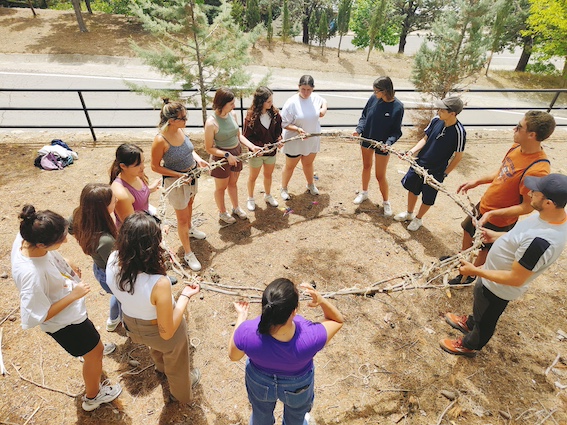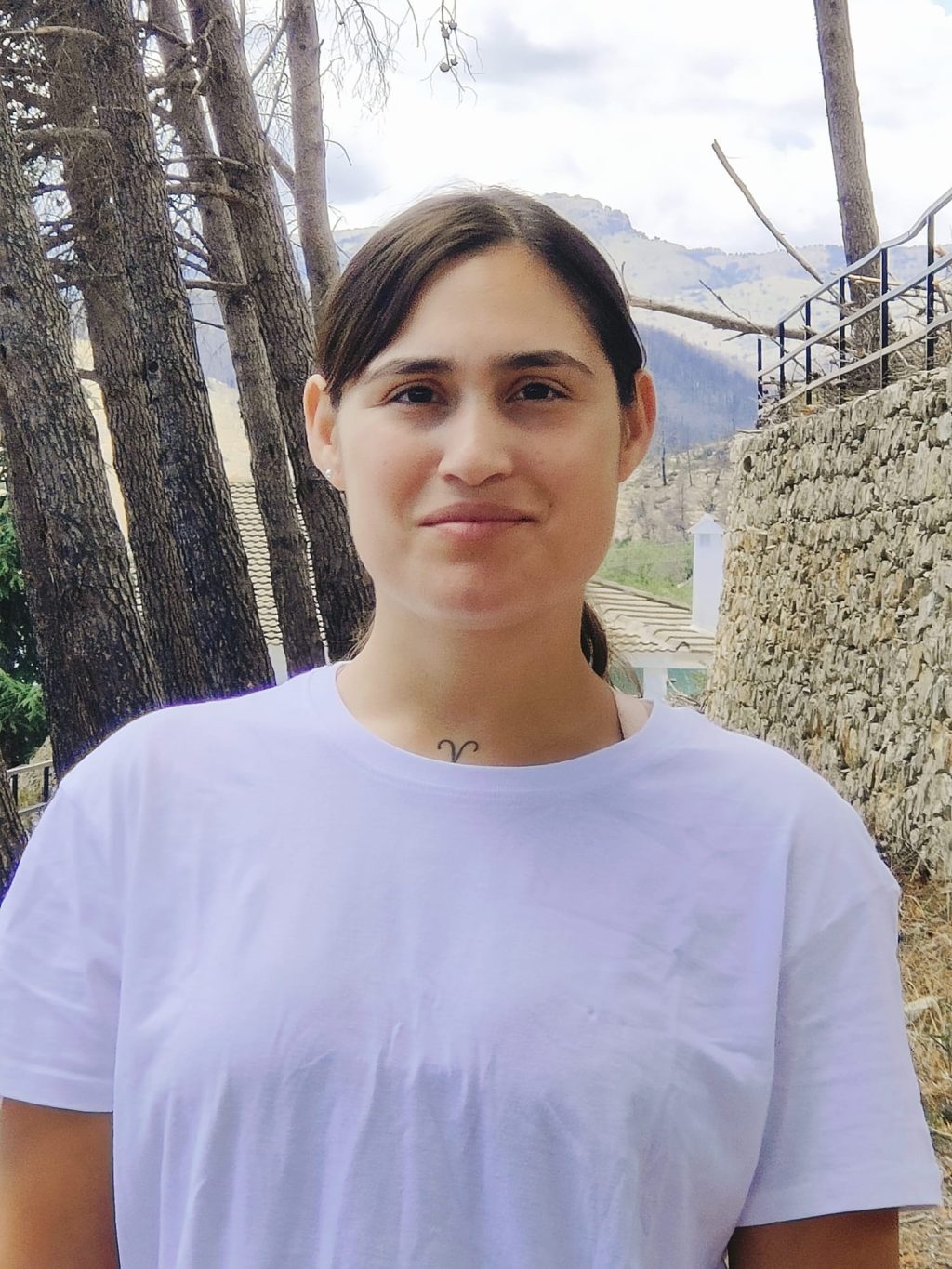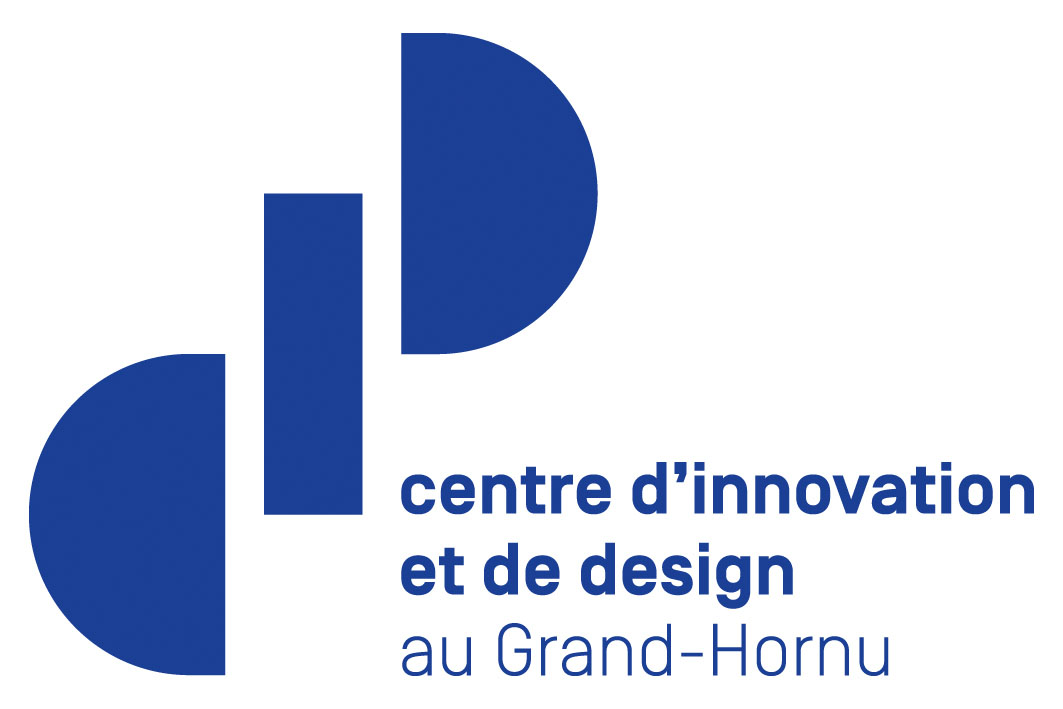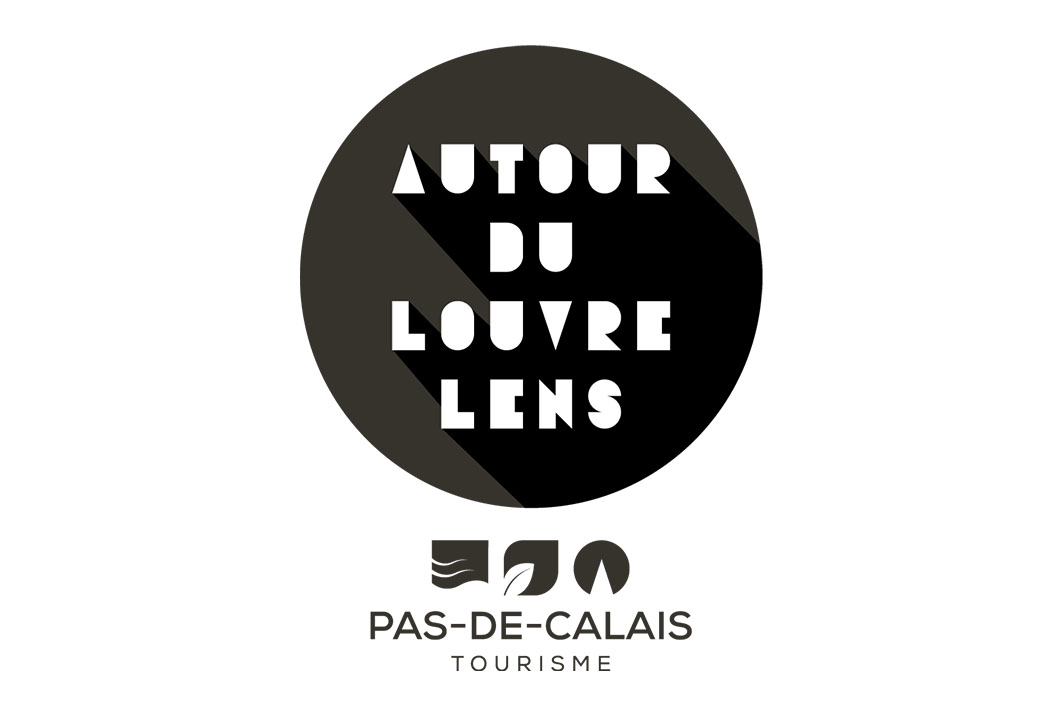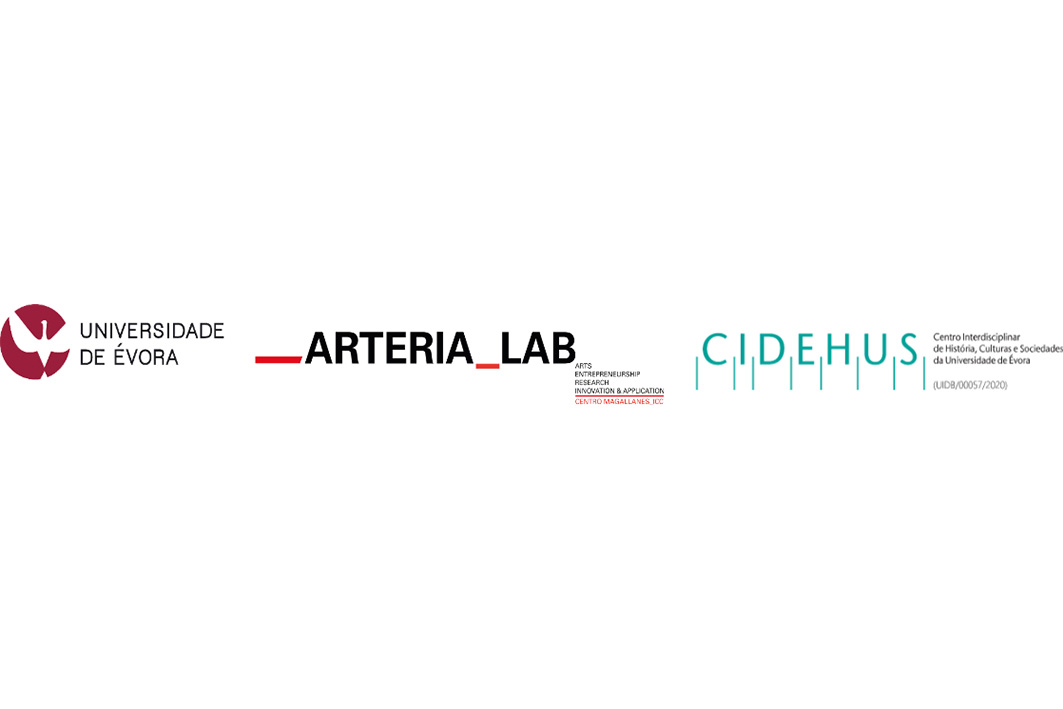Question: How did you get started in the Storytooling project and why?
Irmina: I heard about it when the partner Euroimpulse was carrying out the selection process for teachers who could propose a project to be developed precisely in the area between Alto Palancia and Puerto de Sagunto. The objective was to revitalise the area and above all to work on the post-industrial heritage that exists in these territories and to tell new stories through artistic workshops.
Question: What is your background and why were you interested in the project?
Irmina: I am a plastic arts teacher, I used to be a graphic designer, the only thing is that later I realised that I wanted to dedicate myself to teaching and today I am a secondary school teacher.
I think it’s very important for young people to understand the arts today and to create new narratives based on artistic processes where we can clearly see the involvement of previous artistic styles that today perhaps we don’t give so much importance to or we only see it in school books or as just another subject. In other words, applying it to real life and to the present moment.
Question: And what has the experience with the group been like here in Spain?
Irmina: The overall experience has been very positive.
It’s true that it was difficult at the beginning, getting the young people to participate, but once they signed up for the workshop it went really well.
I think we have done a lot of fun things, especially in the workshops that started in November, a lot of time has passed and these young people have come with the same enthusiasm, with the same desire and especially the final part, which was this bike route.
Question: Explain to me what this final part was?
Irmina: On the one hand it was to hold workshops in a co-creative space where the young people could make art performances.
But at the same time, once these workshops were over, the idea was to get out of our comfort zone and go into our own territory.
That is to say, although the workshops took place in Puerto de Sagunto, what interested us was to move it to the Vía Verde in the interior of Castellón, because it was part of our project. The objective was to understand all the post-industrial heritage that existed along the train tracks from the mines in Ojos Negros to Puerto de Sagunto, to move the iron to the factory, which we had to understand and experience for ourselves.
So it was decided to make an alternative route and spend a weekend where we would cycle along the Via Verde to get to know the territory, but also to organise different artistic workshops.
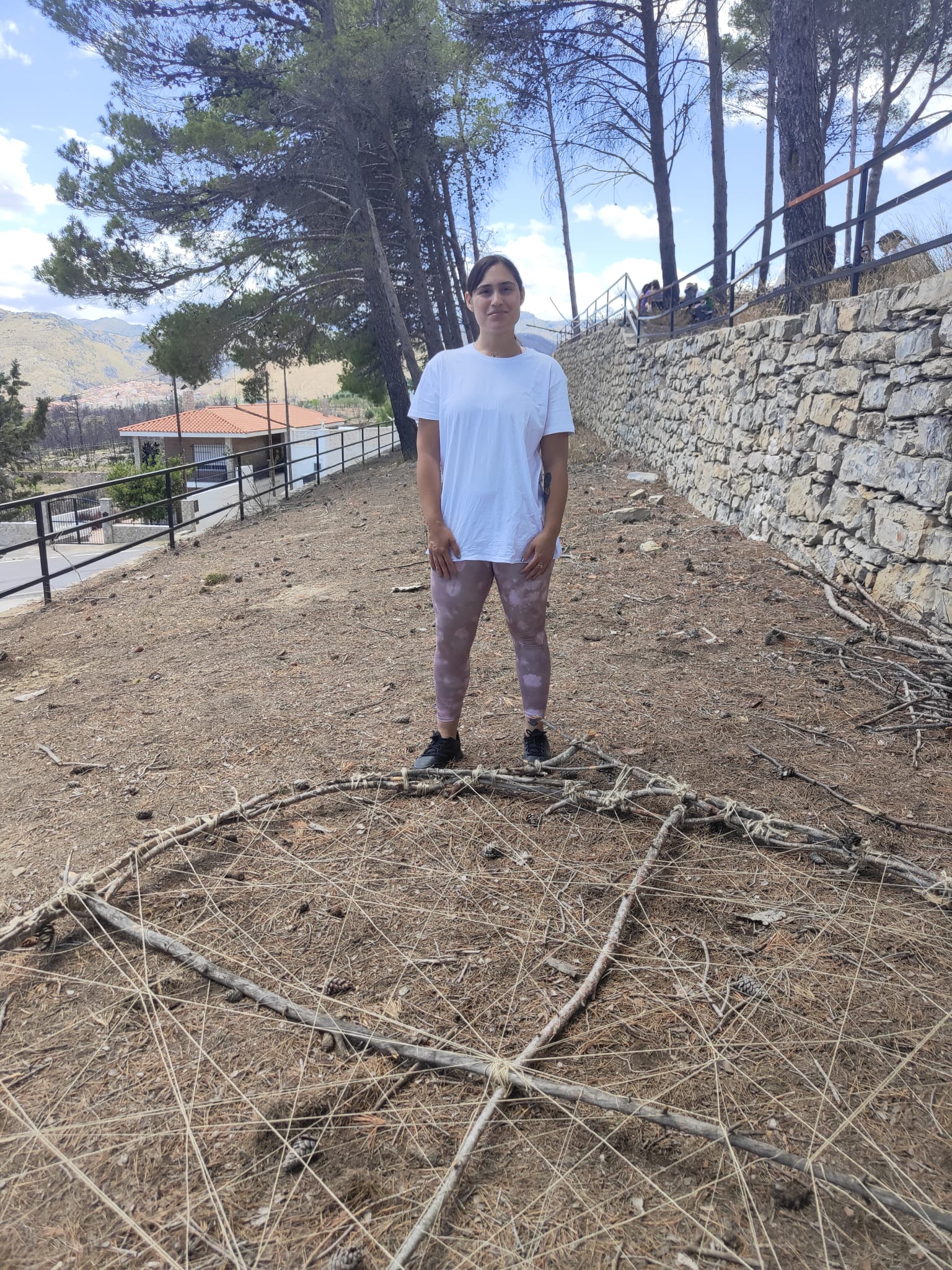
Question: And what did you like most about the project or this weekend?
Irmina: What I liked most was, on the one hand, the positivism of all the people who have been participating in the activities.
I really liked the fact that we had fun, that we laughed, that we are making art, but that we are making art not as a discipline, as in class or in a book where there are guidelines, but it was all very spontaneous.
Sometimes we think that art is something very distant from us, but this is not true. And what I liked most about this weekend was that we could reconnect with our inner child and going back to those childhood stages where the important thing was to enjoy all together to create something common.
Question: What do you think the project and the activities you have carried out have brought to the territory?
Irmina: On the one hand, I think it has contributed to the fact that people from the territory itself realise that some things that have happened are not forgotten.
For example, the last installation we are doing related to nature, to landart, is an installation in an area that burned down two years ago. So a negative element, a catastrophe, a rural village is often left out of the margins of society, of what people expect from tourism.
So we want to encourage this type of workshop, at least along the bike route, to promote tourism, a cultural tourism that can revitalise a village. We are not making a festival, we are not making a big thing, but we are creating elements that change the vision of this territory a little bit.
